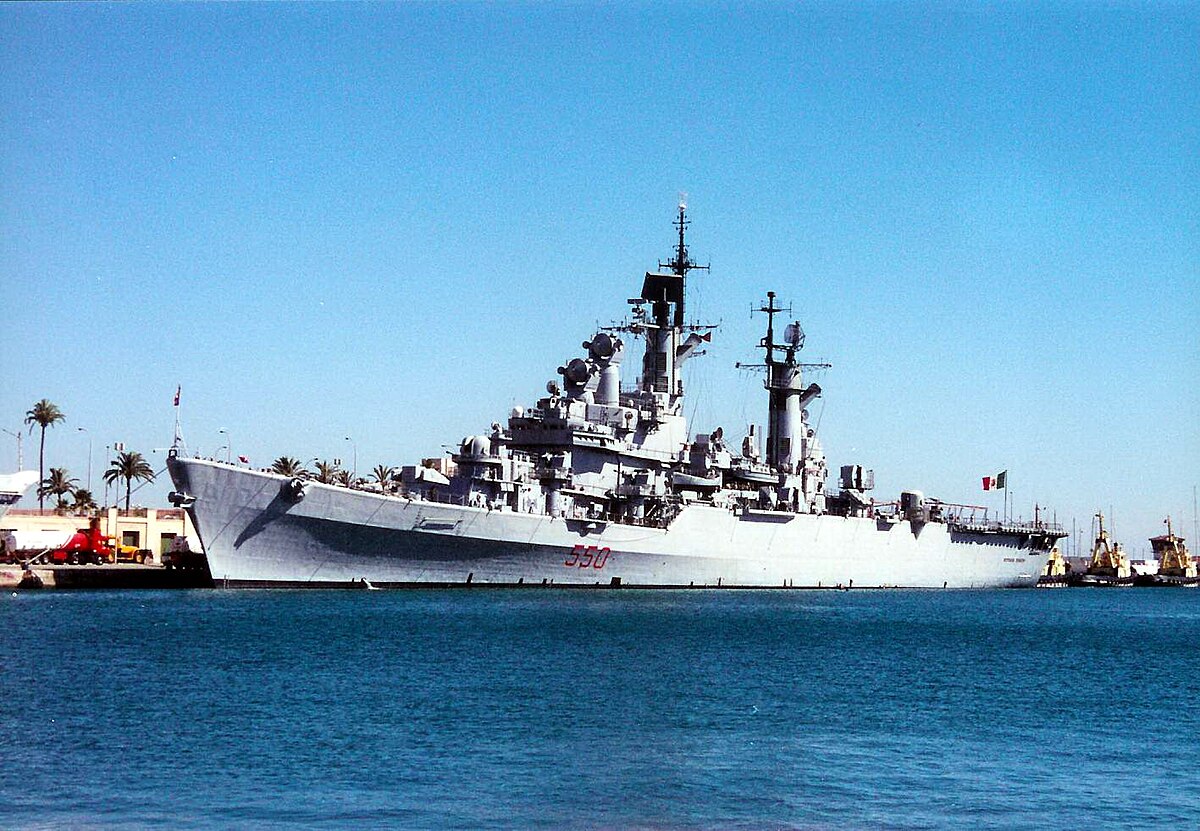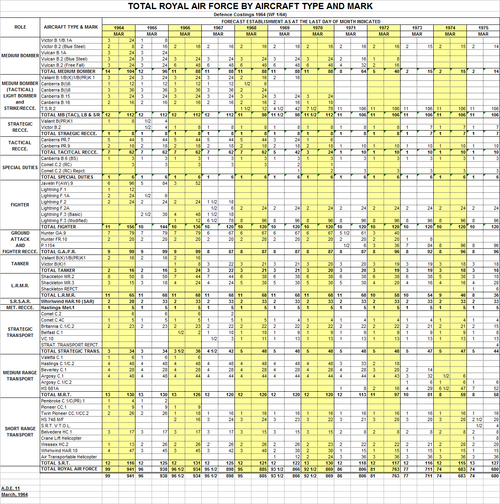the Falklands war occurred in 82
Ark Royal (or another ship of the same class?) was decommissioned in 79
What if they had opted to delay the decommissioning by a few years
but then the Falkland war occurred anyways
Would the Ark Royal have been sent?
would it have contributed differently than the Invincible?
and how would its impact affect the future of the RN?
Ark Royal was the wrong ship, that it lasted until 1978 is kind of "red herring" here.
Better to bet on sister ship HMS Eagle which was in far better shape but was retired earlier (d'oh !)
To make the above happen something along the lines of the below would have to happen.
The decision to buy the Spey-Phantom is brought forward from 1964 to 1962. The whole aircraft (not just the engines, some of the airframe and some of the avionics) would be built in the UK under licence. The aircraft was to be built by Hawker Siddeley for the RAF and RN instead of the P.1154.
Or to put it another way the British Government decides to buy Phantoms built in the UK with Spey engines in 1962 instead of its real world decision to buy the abortive Hawker P.1154.
The first Royal Navy aircraft flew in June 1964. Deliveries to the FAA began in April 1966 and No. 700P the Phantom trials squadron formed the next day. 767 Squadron the Phantom training unit formed in January 1967. The first operational squadrons formed in March 1967 and September 1967 that is 2 years before the formation of the real world 892 Squadron (for Ark Royal) and 43 Squadron RAF (that had the Phantoms intended for Eagle).
The history of the RAF version was: the aircraft flew in February 1965; the first delivery to RAF Aldergrove was in July 1966; the OCU received its first aircraft in August 1966; and the first operational squadron formed in May 1967.
Jane's Fighting Ships 1969-70 says that Eagle was refitted at Devonport between September 1966 and April 1967 with more powerful catapults and arrester gear to receive the Phantom and that she re-commissioned on 6th April 1967. It also has a photograph dated 1969 showing a Phantom coming into land on Eagle. Marriott in Royal Navy Aircraft Carriers 1945-1990 says that Eagle started a 6-month refit in October 1966 but doesn't say that it allowed the ship to operate Phantoms. However, he does say that she paid off for another refit in September 1968 and had her catapults and arrester gear modified to allow trials with the Phantom and that the aircraft made 81 touch-and-go landings aboard the ship in March 1969.
Eagle was two-thirds to three-quarters of the way through her 1959-64 refit when the decision to buy the Phantom was made ITTL. Therefore I think there would have been time "Phantomise" her as part of this refit and to complete it in time for the ship to re-commission on the same date as OTL, i.e. 14th May 1964. The first flight of the F-4K was advanced from June 1966 to June 1964 so I think the Phantom trials of the real world would have been advanced from March 1969 to September 1964. 767 Squadron's Phantoms would be operating from Eagle as part of their crews training course from January 1967. Phantoms of the first operational squadron would be operating from the ship as part of its working up programme from March 1967, but it would be several months before the squadron was fully worked up and declared operational.
IOTL plans to rebuild Ark Royal along the lines of Eagle were abandoned because Eagle's refit cost a lot more than estimated and took a lot longer than expected. However, as the Phantom was expected to be in service by 1967 ITTL it was decided to postpone the refit of Hermes that was scheduled to begin after Eagle's rebuild was completed and Phantomise Ark Royal instead.
Hermes arrived at Devonport for her refit in February 1964 and re-commissioned in September 1966. Ark Royal's arrived at Devonport for her real world Phantomisation refit in October 1966, but it didn't begin until March 1967 and the ship re-commissioned in February 1970. Therefore, we're looking TTL's refit being completed between March and September 1967. The latter date is around the time the RN's second operational Phantom squadron was formed so it would be able to do it's working up on Ark Royal instead of doing it aboard an American aircraft carrier while it waited for Ark Royal to commission, which is what happened IOTL.
It would be nice if this refit had included fitting a Type 984M radar, Action Data Automation (the British equivalent to NTDS) and converting the electrical system from DC to AC, but that would have increased the cost and it might have taken longer too. However, the new carrier refit schedule meant that more money would be spent 1964-67 and it would be a nice twist if the planned reconstruction of the 3 Tiger class cruisers had to be postponed to help pay for it and then abandoned altogether in the defence cuts of 1966-68. That would in turn provide two thirds of the crew needed to keep Eagle in commission from her OTL paying off date of February 1972 to 1978 the OTL paying off of Tiger and Blake in 1978-79.
Ark Royal and Eagle were Phatomised before the 1968 decision to advance the paying off of the strike carriers from 1975 to the end of 1971. So when the Heath Government comes to power in June 1970 it's feasible for it to decide to run Ark Royal AND Eagle on until 1978. (It would also help if Eagle's grounding was avoided.) However, you've then got to find a plausible reason for the Second Wilson, Callaghan and Thatcher Governments to provide the money needed to keep them in service until 1982.
One reason might be that the Heath Government decides to build 3 strike carriers instead of the Invincible class and the decision isn't reversed by any of the succeeding governments. If the strike carriers take as long to build as the through deck cruisers the situation in April 1982 could be that the ship built instead of Invincible is refitting, the ship build instead of Illustrious is nearing completion and the ship build instead of the third Invincible is fitting out, which leaves Ark Royal and Eagle as the only operational strike carriers.
In the scenario I'm describing the 1964-66 refit of Hermes is postponed to 1967-70 and the Heath Government decides to run her on as a strike carrier until the first ship of the new class is completed instead of converting her into a commando carrier. As a result she remains in service as a strike carrier until 1978-79.
The 1971-73 refit of Hermes is replaced by a SLEP refit of Ark Royal to enable her to remain in service until the early 1980s. The refit would include converting her electrical system from DC to AC, fitting ADAWS Mk 3 and if it can be afforded a Type 984P or Type 988 radar.




